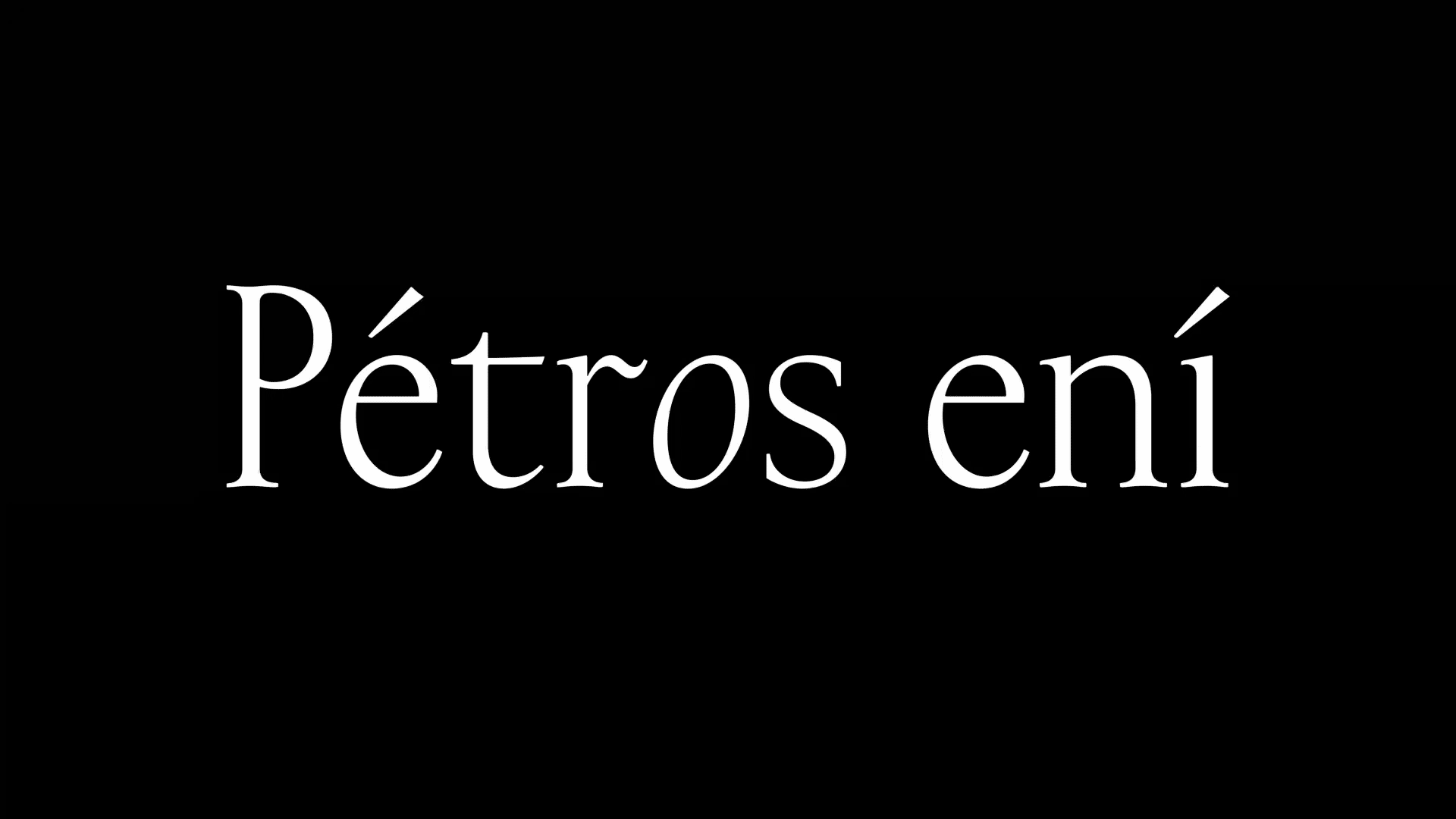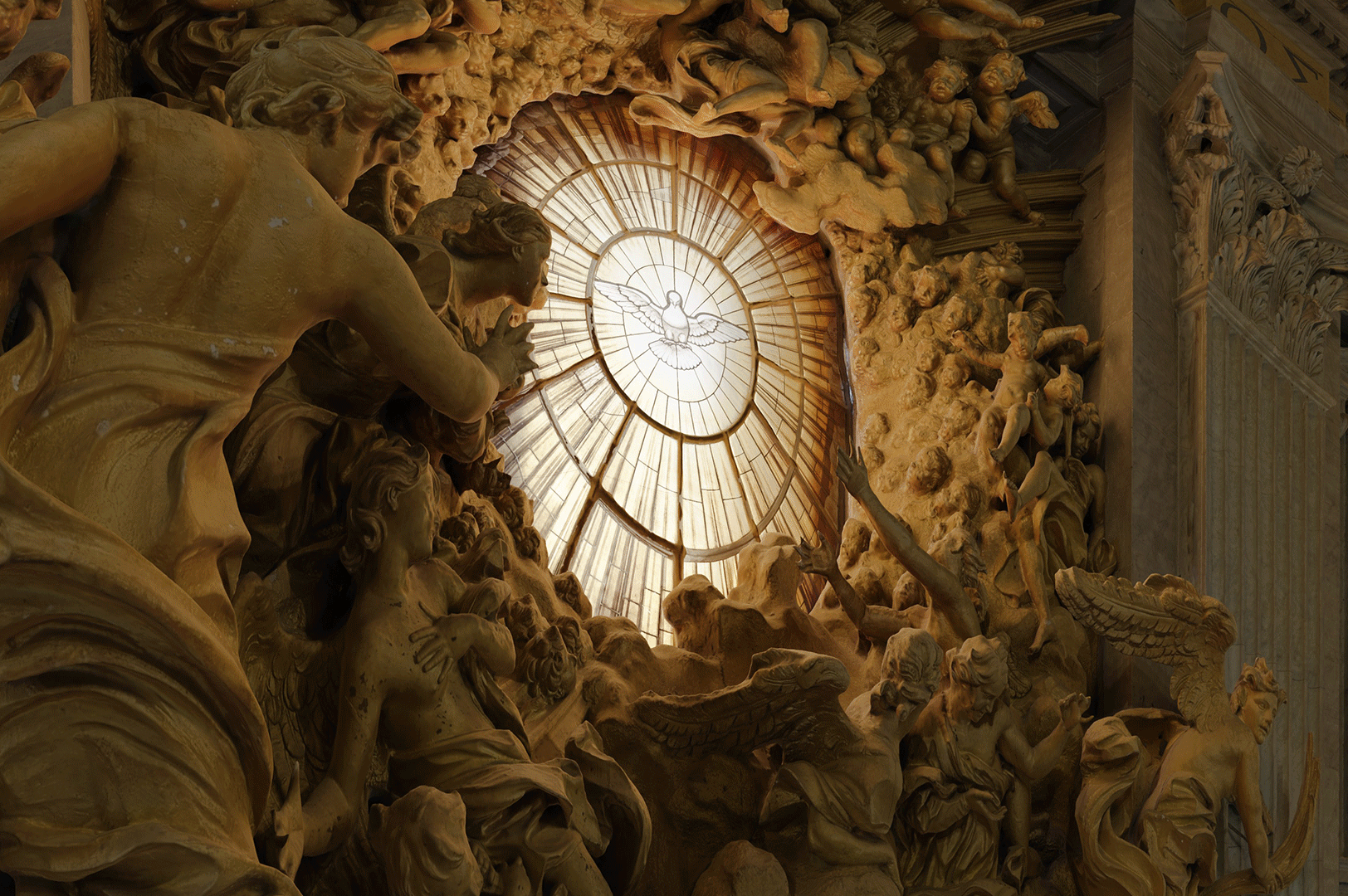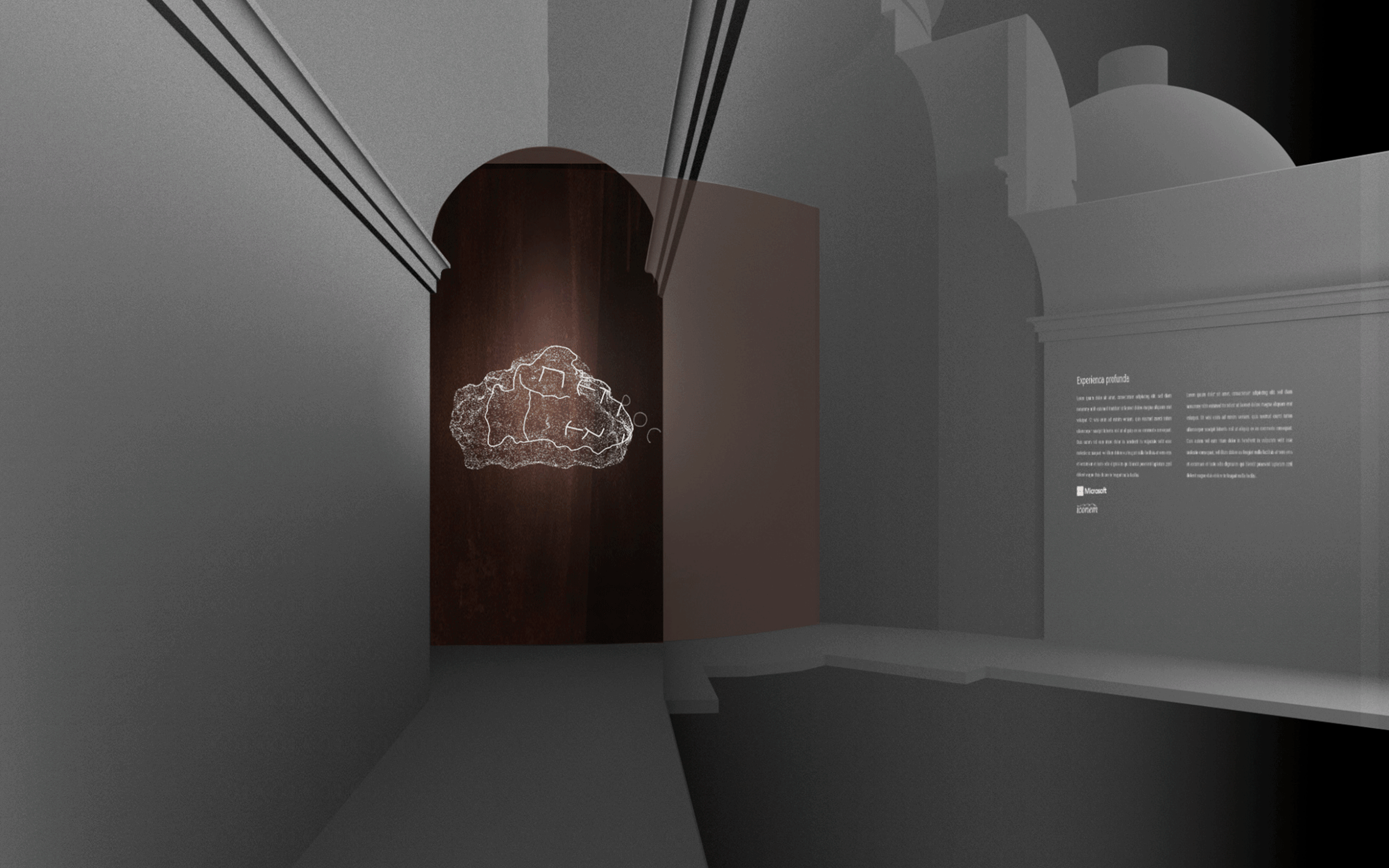
“Pétros ení”: An Immersive Experience of the Vatican Basilica.
BACKGROUND
In November 2024, The Vatican, in partnership with Microsoft, has unveiled “La Basilica di San Pietro: AI-Enhanced Experience”, an initiative that merges AI technology with the spiritual and cultural history of St. Peter’s Basilica. The project features two AI-enabled immersive exhibitions and an interactive website, providing global unprecedented access to one of the world’s most iconic religious landmarks.
Brad Smith, Vice Chair & President of Microsoft, said: “Technology like AI propels us into the future, but it can also play a pivotal role in preserving our past. This project is a powerful example of how innovation can connect people to history.”
At the heart of the project is the creation of a digital twin of St. Peter’s Basilica, developed by French based company Iconem, a leader in digital preservation. Using advanced photogrammetry and AI, this ultra precise 3D replica allows people worldwide to explore the Basilica’s history and architecture in immersive ways.
Artistic AI generated images. ⓒIconem
The exhibition “Pétros ení”
DADADA studio in cooperation with Lithuanian architecture studio “Processoffice” and Rosencrantz&Guildenstern (Rytis Juodeika) in 2023 has won the competition to create and install the exhibition in the premises of St. Peter’s Basilica. Our responsibilities layed in areas of exhibition visual identity, scenographic solutions, exposition narrative and instalation of exhibitions.
“Pétros ení” Exhibition is an immersive AI-powered exhibition at St. Peter’s Basilica, which provides visitors with a unique blend of historical insight and digital exploration, showcasing key architectural and cultural aspects of the Basilica. It offers a cutting-edge experience that combines physical and digital interaction, deepening the connection to the site’s history.
PÉTROS ENÍ
In the 1940s, Pope Pius XII decided to start a scientific excavation campaign under the altar of St. Peter's Basilica. These excavations brought to light the so-called "tomb of Peter." Incomplete Greek letters were found engraved on a fragment of a red wall, which read PETR[...] ENI[...]. This inscription is generally interpreted as "Petros eni", meaning "Peter is here".
On that red wall was built the aedicule called the "Trophy of Gaius," which pointed the early Christians to Peter's tomb; and on that very spot was built the Basilica in its various architectural configurations, up to the present one.
"Petros eni” also in a metaphorical sense means that Peter is not simply a figure from the past, but that he is present here and now. "Petros eni" indicates the actuality of his testimony that lives again reflected in the settings and works of the Basilica.
Key narratives
Time
This segment explores the rich history of the Basilica, tracing its evolution from ancient times to the present day. It emphasizes the "concentricity" of the site, showing how the area transformed over centuries. Starting from the era when the location was a swampy, non-sacred land, the narrative gradually unveils the stages of development: from the Roman Necropolis and Nero's Circus, to the Constantinian Basilica, and finally the modern Basilica. This historical timeline illustrates the significance of the site and how it underwent radical changes due to its importance.
Timeline reconstruction by “Iconem”.
Space
This section focuses on the modern Basilica, detailing its construction stages and exploring its theological and spiritual themes. Utilizing advanced Iconem’s survey techniques, it presents detailed images of artistic features, discovering all the masterpieces housed within the Basilica, that are often invisible or hard to see with the naked eye, providing an "augmented" vision of the Basilica.
3D scan based AI-generated images by “Iconem”.

Location
Two exhibitions were created at St. Peter’s Basilica in Vatican City. VENTAGLIO - fan-shaped roof, covering the northern aisle of the Basilica from precipitation and OCTAGONS - located “within the walls of the Basilica”, these spaces are between the roof and the ceiling of the basilica.

Pétros ení – Octagons
This exhibition will only be accessible by prior reservation, and there will be an admission fee. Thanks to the Vatican archives and museum, works illustrating the life of St. Peter are exhibited here. The evolution of the basilica is presented in detail yet very clearly - from St. Peter's tomb to the current basilica. The mosaic technology and the 3D model of the basilica are also showcased. The octagons are connected by corridors through which windows allow a view of the basilica’s spaces from above.
The Octagons exhibit is a specialized, reservation-only, ticketed experience designed for a more focused and curated journey through select artifacts and significant spaces within St. Peter’s Basilica.

The St. Peter’s Basilica is decorated with approximately 10,000 square meters of mosaics. The first mosaics in the Basilica were created in the 15th century and since then the conservation and restoration of the Basilica’s mosaics is done by “Vatican Mosaic Studio”.
In the exhibition “Pétros ení“, we have dedicated a special spot to the art of mosaics in the Basilica. We found an intriguing link between a piece of mosaic, one of the smallest and oldest artistic elements in the Basilica, and today’s project’s - Digital Twin of St. Peters Basilica smallest detail - point or pixel. As an outcome we have mixed the real mosaic and projection, Renaissance and 21st century.
Thanks to “Vatican Mosaic Studio”, under the direction of the “Fabric of Saint Peter” the fragment copy for the exhibition “Pétros ení” was made. The chosen mosaic visualises St. Peter above The Porta Santa (Holy Door) in the interior of the basilica and was created by Ciro Ferri in 1675.
Pétros ení – Ventaglio
VENTAGLIO is a fan-shaped roof covering the northern aisle of the basilica from precipitation. Ventaglio will be visited by thousands of visitors daily, as those visiting Michelangelo's great dome in 2025 will pass precisely through these spaces. The exhibition can be viewed in a maximum of 10 minutes, during which the visitor will understand the history of the basilica and have the opportunity to view projections on the dome.
This immersive on-site experience is accessible to all, encouraging visitors to engage with the Basilica’s history at their own pace. It highlights key visual and historical elements of the Basilica, with opportunities for deeper exploration via interactive digital components enhanced by AI.

The entry and exit of The Ventaglio is welcomed with two introduction boards, created from copper panels.









































